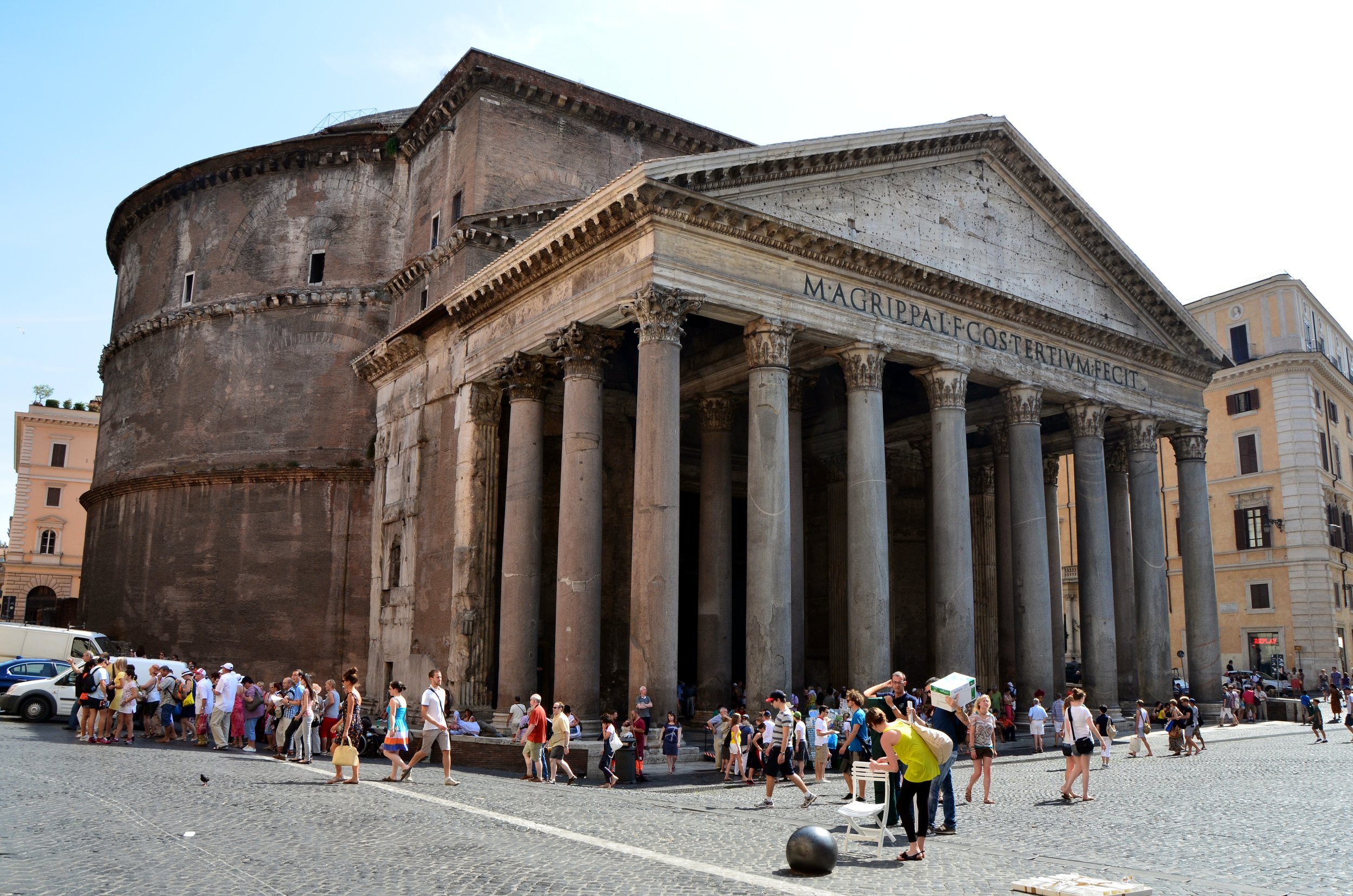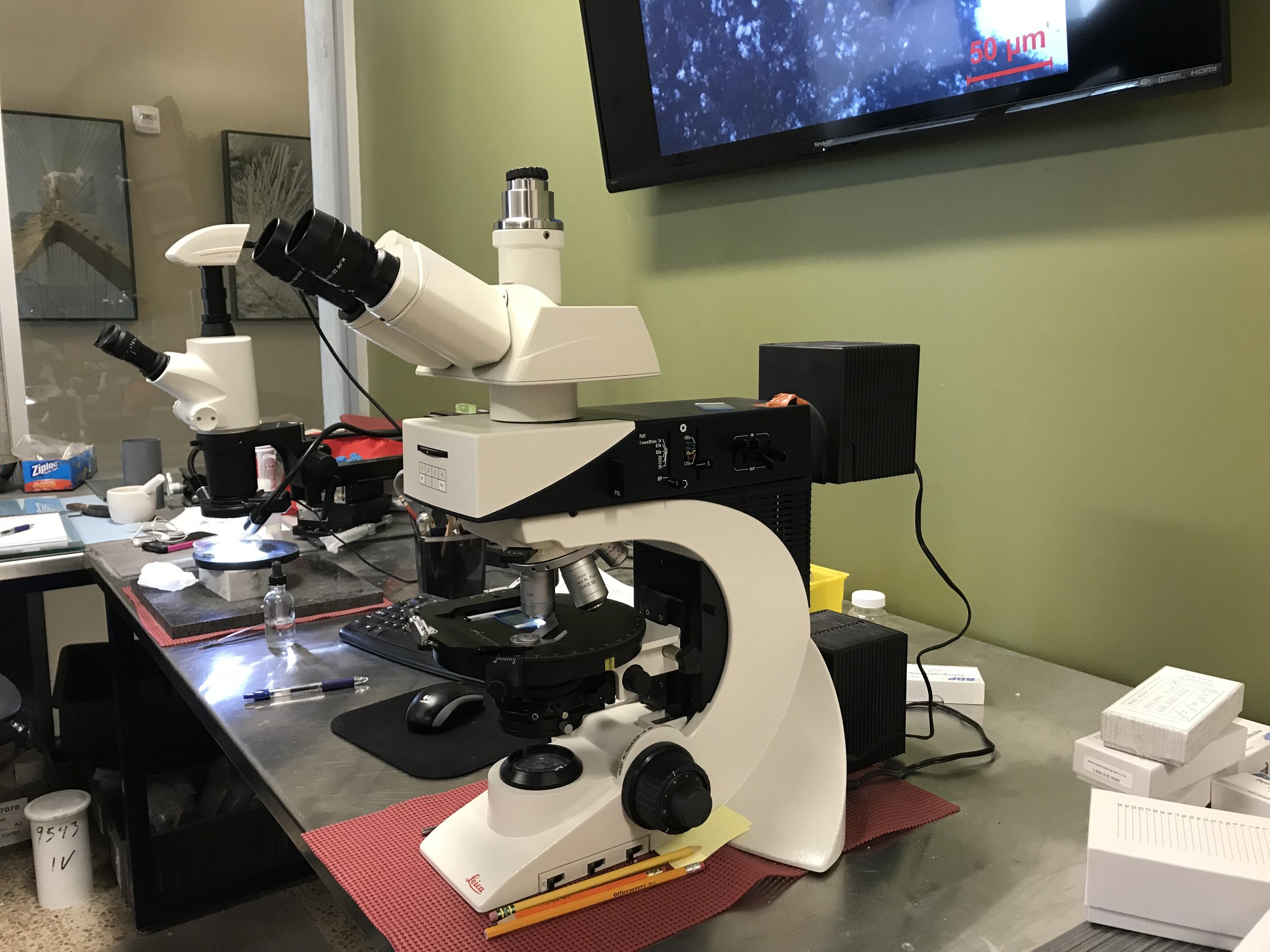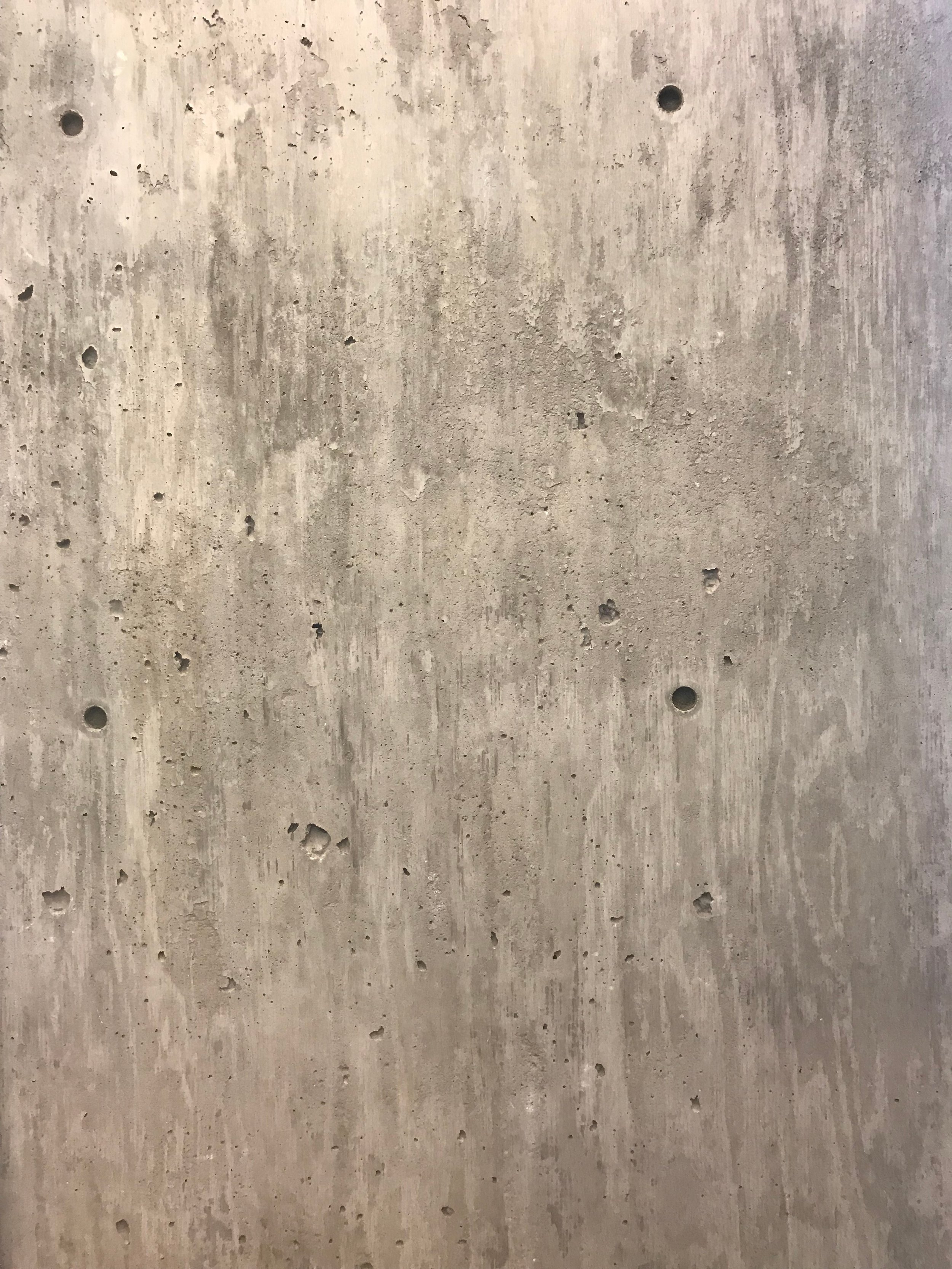The Secret Life Of Concrete
Concrete is everywhere. We all see it every day but what do we really know about concrete? This seemingly simple material is any but simple. Listen and learn about the past, present and future of this evolving technology. Prepare to have your mind blown in this episode of the show as we explore the incredible history and composition of concrete with Matt Carlton and Lee Lawrence of WJE. You'll never see concrete the same way again.
Our Guests
Lee Lawrence
Principal, Director of Practice Development, and South Region Director at WJE.
Matt Carlton
Principal & Unit Manager at WJE.
Notes From The Episode
Rheology
(/riːˈɒlədʒi/; from Greek ῥέω rhéō, "flow" and -λoγία, -logia, "study of") is the study of the flow of matter, primarily in a liquid state, but also as "soft solids" or solids under conditions in which they respond with plastic flow rather than deforming elastically in response to an applied force. It is a branch of physics which deals with the deformation and flow of materials, both solids and liquids.
Flying buttress
(arc-boutant, arch buttress) a specific form of buttress composed of an arched structure that extends from the upper portion of a wall to a pier of great mass, in order to convey to the ground the lateral forces that push a wall outwards, which are forces that arise from vaulted ceilings of stone and from wind-loading on roofs.
The defining, functional characteristic of a flying buttress is that it is not in contact with the wall it supports, like a traditional buttress, and so transmits the lateral forces across the span of intervening space between the wall and the pier. To provide lateral support, flying-buttress systems are composed of two parts: (i) a massive pier, a vertical block of masonry situated away from the building wall, and (ii) an arch that bridges the span between the pier and the wall — either a segmental arch or a quadrant arch — the flyer of the flying buttress.
The Pantheon (Was Built Out Of Concrete)
The building is circular with a portico of large granite Corinthian columns (eight in the first rank and two groups of four behind) under a pediment. A rectangular vestibule links the porch to the rotunda, which is under a coffered concrete dome, with a central opening (oculus) to the sky. Almost two thousand years after it was built, the Pantheon's dome is still the world's largest unreinforced concrete dome. The height to the oculus and the diameter of the interior circle are the same, 142 feet (43 m).
Portland Cement
Portland cement is the most common type of cement in general use around the world as a basic ingredient of concrete, mortar, stucco, and non-specialty grout. It was developed from other types of hydraulic lime in England in the mid 19th century, and usually originates from limestone. It is a fine powder, produced by heating limestone and clay minerals in a kiln to form clinker, grinding the clinker, and adding 2 to 3 percent of gypsum.[clarification needed] Several types of Portland cement are available. The most common, called ordinary Portland cement (OPC), is grey in colour, but white Portland cement is also available. Its name is derived from its similarity to Portland stone which was quarried on the Isle of Portland in Dorset, England. It was named by Joseph Aspdin who obtained a patent for it in 1824. However, his son William Aspdin is regarded as the inventor of "modern" Portland cement due to his developments in the 1840s.[1]
Concrete Petrography
Petrography is a branch of petrology that focuses on detailed descriptions of rocks. Someone who studies petrography is called a petrographer. The mineral content and the textural relationships within the rock are described in detail. The classification of rocks is based on the information acquired during the petrographic analysis. Petrographic descriptions start with the field notes at the outcrop and include macroscopic description of hand specimens. However, the most important tool for the petrographer is the petrographic microscope. The detailed analysis of minerals by optical mineralogy in thin section and the micro-texture and structure are critical to understanding the origin of the rock. Electron microprobe analysis of individual grains as well as whole rock chemical analysis by atomic absorption, X-ray fluorescence, and laser-induced breakdown spectroscopy are used in a modern petrographic lab. Individual mineral grains from a rock sample may also be analyzed by X-ray diffraction when optical means are insufficient. Analysis of microscopic fluid inclusions within mineral grains with a heating stage on a petrographic microscope provides clues to the temperature and pressure conditions existent during the mineral formation.
Photos From WJE's Austin, TX Petrographic Analysis Lab
Board Form Concrete
Event - Not Your Father’s Concrete!: A breakfast seminar and networking opportunity
Join WJE for a presentation and discussion of the perils of ready-mix concrete and the state of practice. We will also discuss self-consolidating concrete, the advantages and disadvantages as well as new-age additives and what works best when.
This program will qualify for AIA/AICP Continuing Education Credits.
Special thanks to The Humid Climate Conference for their generous support.











